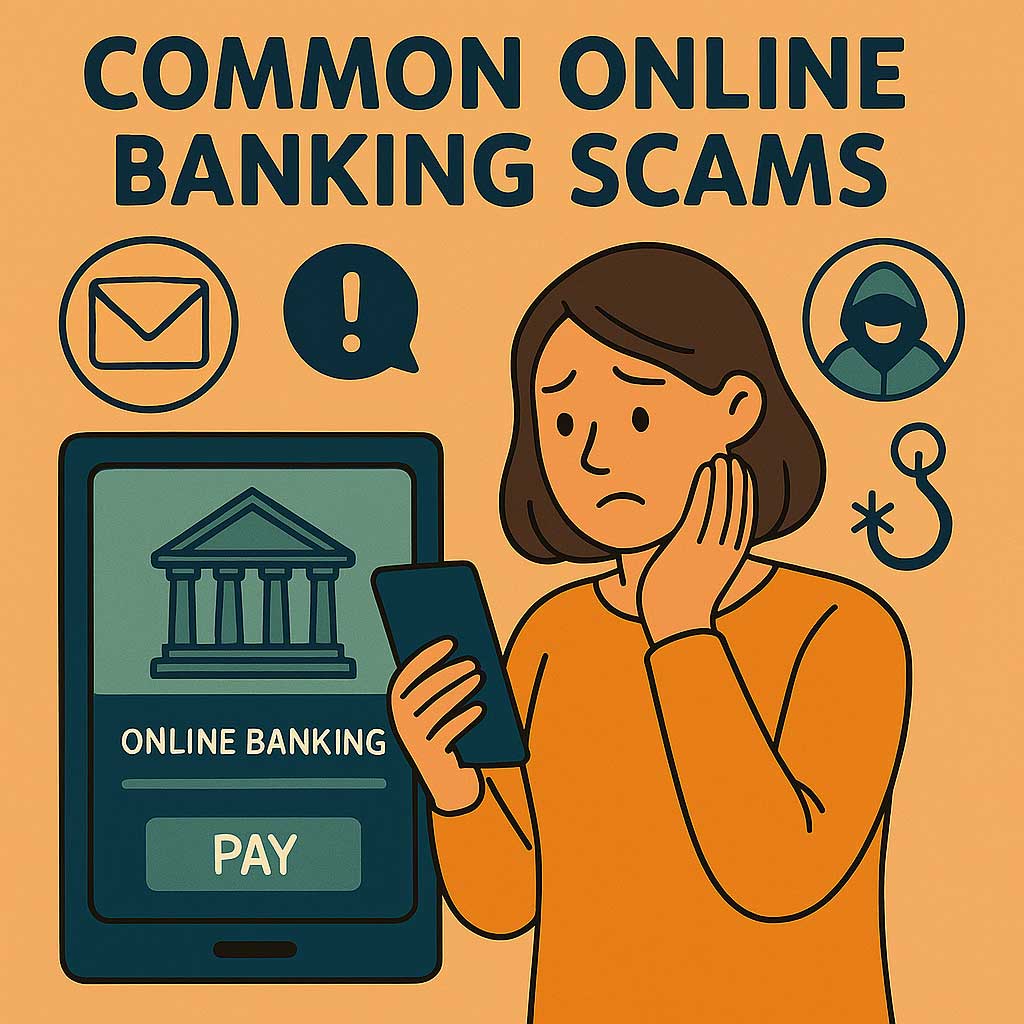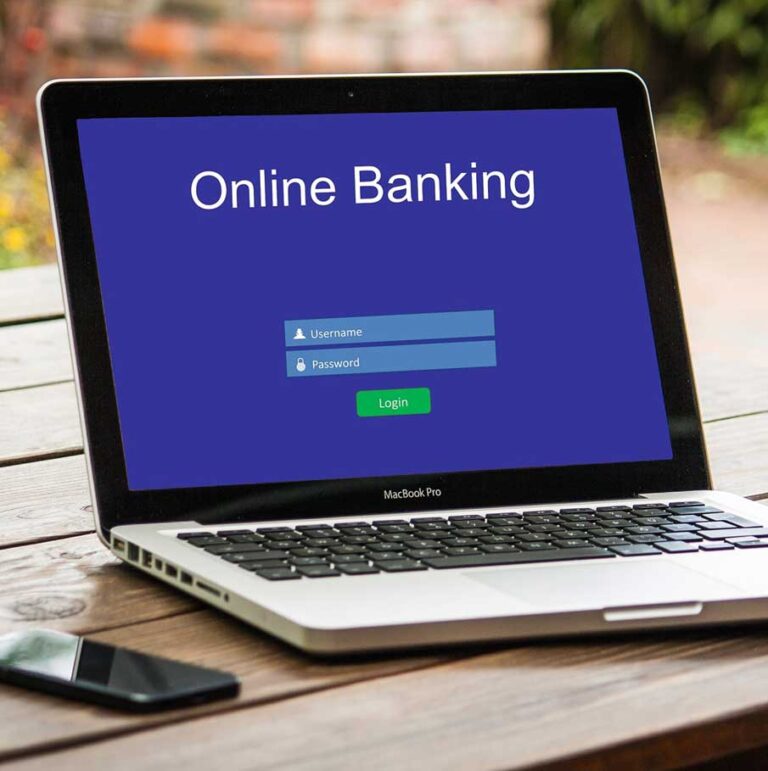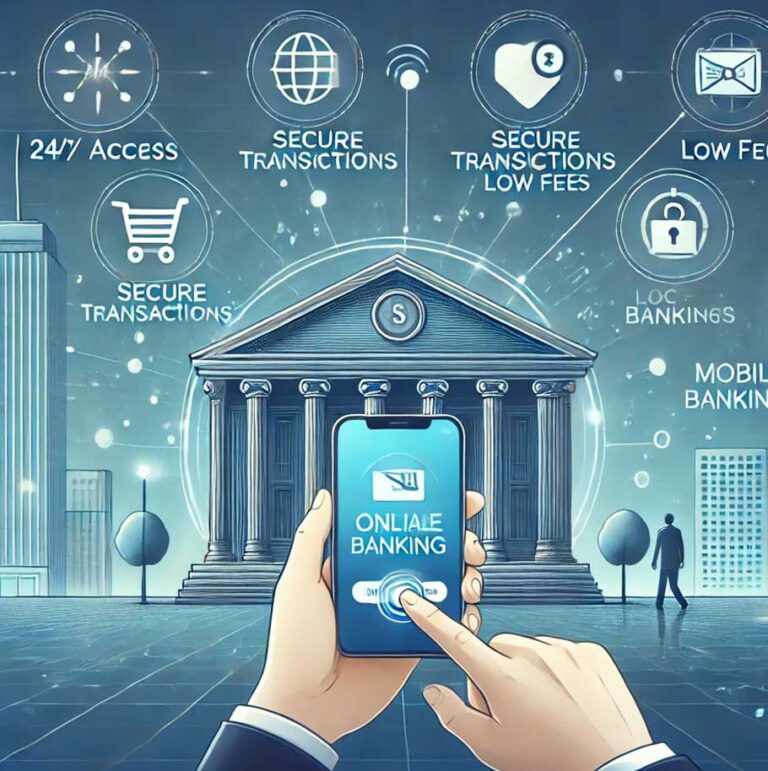Common Online Banking Scams and How to Avoid Them
In today’s digital era, online banking has become an essential part of our lives. It allows us to transfer funds, pay bills, and manage our finances conveniently. However, this convenience comes with significant risks. Cybercriminals are constantly developing new ways to exploit users through various online banking scams. This blog aims to explore the most Common Online Banking Scams and provide practical tips on how to avoid falling victim to them.
Understanding the Rise of Online Banking Scams
The increasing dependency on digital banking platforms has made them a prime target for cyberattacks. With millions of transactions occurring daily, hackers look for vulnerabilities to gain unauthorized access to sensitive financial information. These scams can lead to identity theft, unauthorized transactions, and even complete financial ruin.
Types of Common Online Banking Scams
1. Phishing Scams
Phishing is one of the most common online banking scams. In this scheme, scammers send fraudulent emails, messages, or phone calls that appear to come from legitimate banks. These messages often contain urgent requests to verify account information, reset passwords, or confirm suspicious transactions.
How to Avoid It:
- Never click on links or download attachments from unsolicited emails.
- Verify the sender’s email address.
- Contact your bank directly if you receive suspicious messages.
- Enable two-factor authentication (2FA) for added security.
2. Vishing and Smishing
Vishing (voice phishing) and smishing (SMS phishing) involve scammers pretending to be bank officials over phone calls or messages. They may ask for your OTP, account number, or password, claiming urgent issues with your account.
How to Avoid It:
- Banks never ask for confidential information over calls or texts.
- Do not share OTPs or PINs with anyone.
- If in doubt, hang up and call the official bank number.
3. Fake Banking Apps
Cybercriminals sometimes create fake mobile banking apps that look identical to the official ones. When users enter their login credentials, the data is captured and misused.
How to Avoid It:
- Download banking apps only from official app stores.
- Check app reviews and developer details.
- Keep your phone’s operating system and apps updated.
4. Malware and Keyloggers
Malware and keyloggers are malicious software designed to track your keystrokes and steal banking credentials. They often spread through suspicious downloads or infected websites.
How to Avoid It:
- Install reputable antivirus software.
- Avoid downloading software from untrusted sources.
- Regularly scan your system for malware.
5. Account Takeover Fraud
In this scam, hackers use stolen credentials to gain access to your online banking account. They then change login information and carry out unauthorized transactions.
How to Avoid It:
- Use strong, unique passwords.
- Monitor your account activity regularly.
- Set up alerts for all transactions.
6. SIM Swapping
SIM swapping involves fraudsters convincing your mobile provider to transfer your number to a new SIM. Once they gain control, they intercept OTPs and reset your banking passwords.
How to Avoid It:
- Set a strong PIN with your mobile provider.
- Be cautious of unsolicited calls asking for personal details.
- Use email-based 2FA instead of SMS when possible.
Warning Signs of a Scam
Recognizing the early warning signs of common online banking scams can help prevent financial loss. Look out for:
- Unusual login activity or location-based alerts.
- Emails with spelling errors or suspicious links.
- Requests for urgent payments or sensitive data.
- Unexpected OTPs or password reset emails.
How to Report Online Banking Scams
If you suspect that you have been targeted or scammed:
- Contact your bank immediately to freeze your account.
- Report the incident to your country’s cybercrime unit.
- Change your login credentials and monitor transactions.
- Educate yourself and others about similar scams.
Safe Banking Practices to Follow
To protect yourself from common online banking scams, adopt the following practices:
- Use secure internet connections; avoid public Wi-Fi for banking.
- Enable two-factor authentication.
- Regularly update passwords and security questions.
- Log out of your account after every session.
- Check bank statements and transaction history frequently.
Final Thoughts
Online banking offers unmatched convenience, but it’s essential to be vigilant and informed. Understanding the common online banking scams and knowing how to avoid them can save you from financial distress. Always stay updated with the latest security practices and educate your family and friends to create a safer digital banking environment for everyone.
Stay smart, stay safe, and remember: when it comes to online banking, caution is your best defense.







